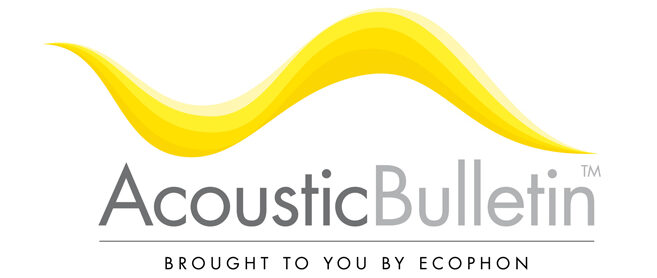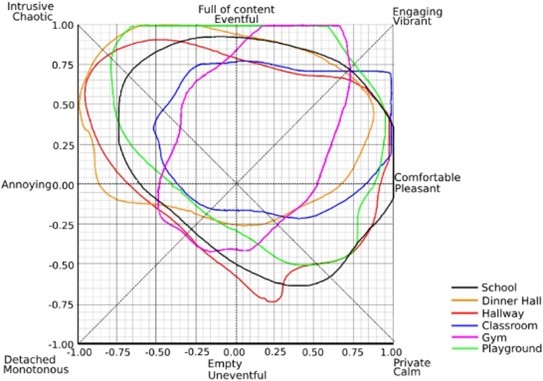
Guest post by Hatice Kurukose Cal, Phd candidate, Institute for Environmental Design and Engineering, UCL, UK
Teachers play a key role in shaping the soundscape of a school, but how do they perceive the acoustics around them, and how does it impact their work? Our research delves into UK teachers’ perceptions of school soundscapes, exploring how the sound environment in different school spaces affects their well-being, teaching, and overall comfort.
Study scope
In this study, we surveyed 452 teachers from across the UK using an online questionnaire distributed via the Prolific platform. We used a multi-method approach, combining both closed- and open-ended questions, to capture the diverse ways teachers experience and interact with school sounds. The teachers rated their perceptions of sound in classrooms, hallways, playgrounds, dinner halls, gyms, and other school areas.
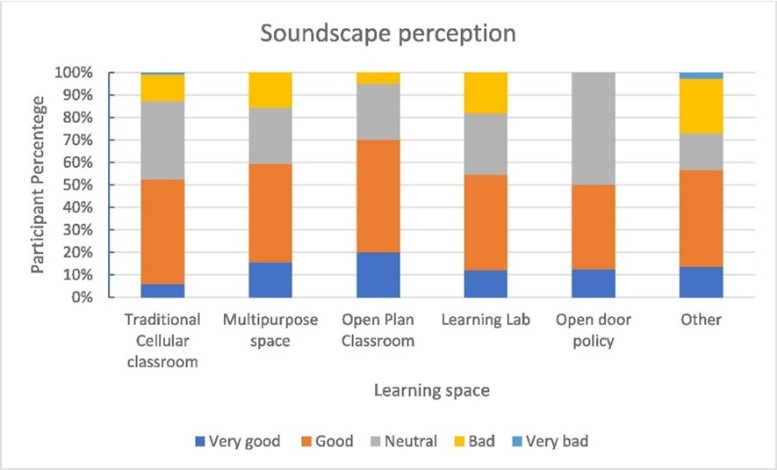
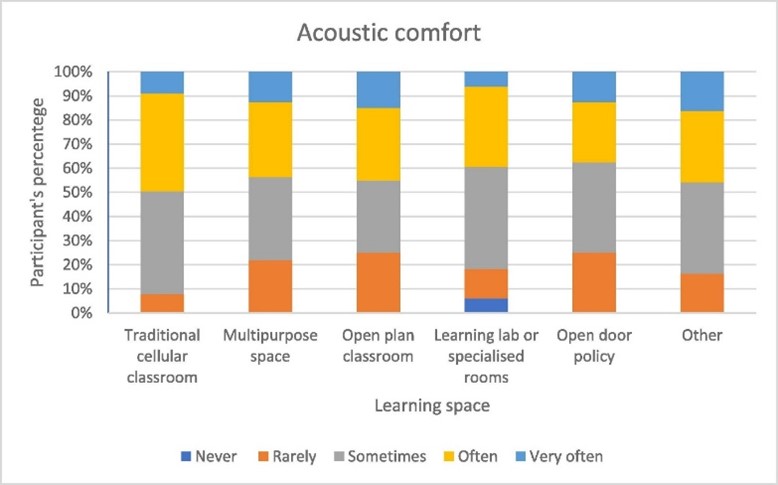
Key study findings highlight the need for the soundscape to balance; engagement, comfort, and privacy.
The findings reveal that schools are dynamic and energetic spaces, often challenging the expectation that they should be calm. Interestingly, teachers reported a mix of engagement, excitement, and occasional discomfort from the surrounding noise.
A significant positive correlation was found between teacher well-being and the overall quality of the school soundscape, suggesting that teachers who reported higher well-being also tended to perceive their school’s soundscape more positively.
Each area within the school environment had distinct acoustic characteristics that influenced engagement, comfort, and privacy. For example, noise levels in lunchrooms and gyms were often seen as disruptive, while outdoor spaces were generally perceived more positively due to the presence of natural sounds.
Perceptions of school soundscapes in the different areas

The different school areas are compared individually in comparison to the overall soundscape below.
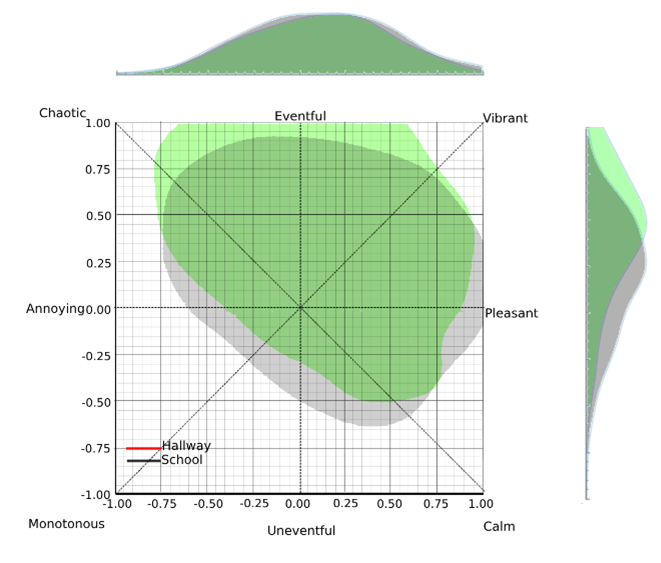
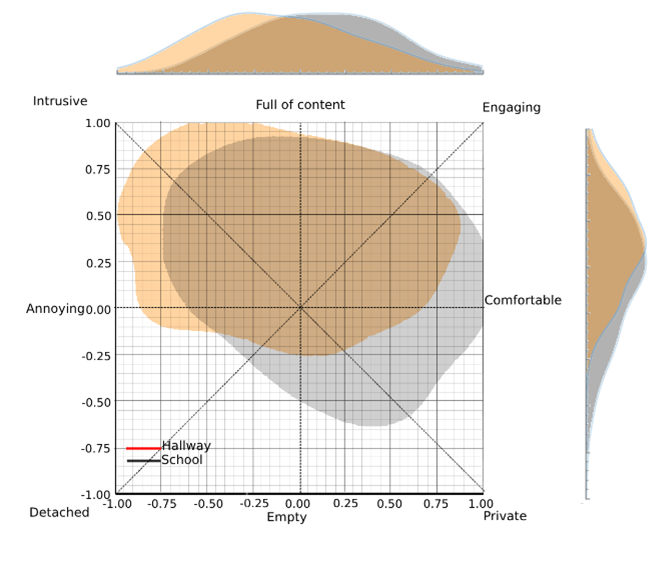
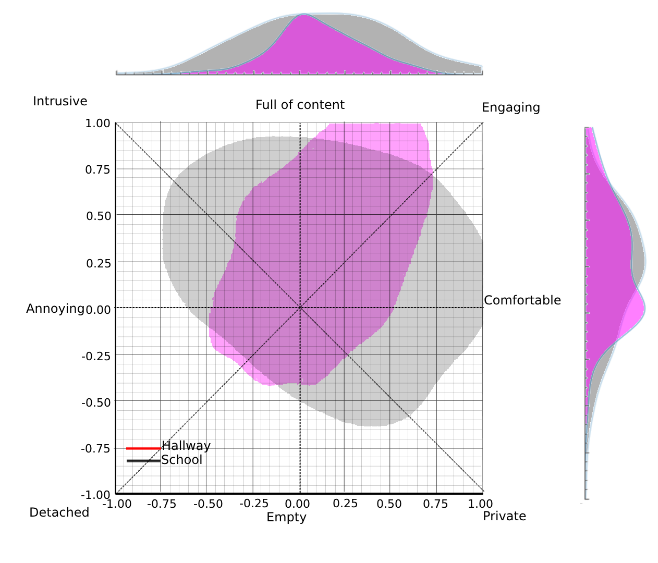
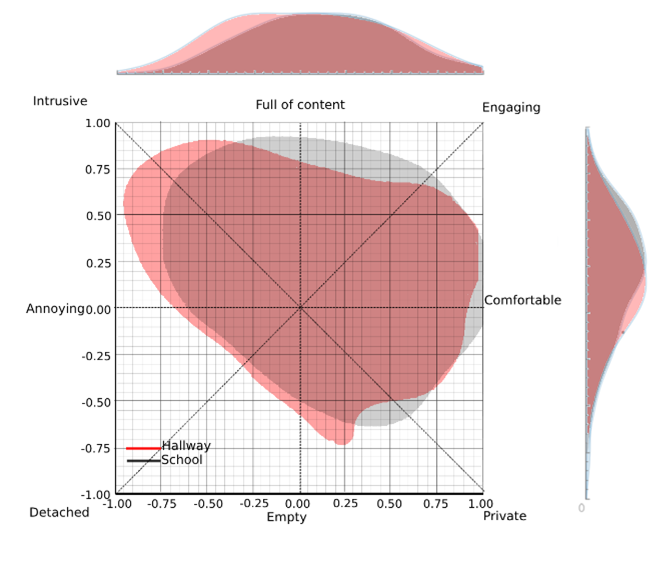

Sound shapes the educational atmosphere
Teachers also actively use sound in their teaching practices. Sixty-two teachers reported always using music and sounds to enhance the learning environment, while 103 teachers generally incorporated sound as part of their broader teaching approach. Additionally, 157 teachers used sound sometimes, 49 teachers rarely used it, and 90 teachers never used sound in their classrooms. These findings highlight the significant role sound plays in shaping the educational atmosphere.
Thematic analysis of open-ended responses revealed three major themes: Why, How, and Outcomes
Firstly, the Why theme captured teachers’ reasons for using sound, such as creating a calm atmosphere, connecting with nature, facilitating transitions, engaging students, and making lessons more interactive. Secondly, the How theme described different strategies teachers used, including tailoring sound to students’ preferences, employing sound as an educational tool, and integrating it into independent work or structured activities. Finally, the Outcomes theme focused on the perceived effects of sound, such as increased relaxation, improved sensory experiences, enhanced concentration, and greater creativity. Many of these themes were interconnected, with certain reasons for using sound also being seen as resulting in specific student outcomes.

School soundscapes, a crucial part of the teaching and learning experience
A comparative analysis of different school areas illustrated how the soundscapes of classrooms, hallways, playgrounds, dinner halls, and gyms differed from the overall school soundscape, emphasizing the unique acoustic characteristics of each space. This research highlights that school soundscapes are not merely background noise but a crucial part of the teaching and learning experience. By improving the acoustic design of specific areas within schools, we can enhance teacher satisfaction and create more supportive environments for students.
For the full research paper, explore the detailed findings here
Thanks to Francesco Aletta, Assistant Professor, Institute for Environmental Design and Engineering and Jian Kang, Professor of Acoustics at UCL, UK.
